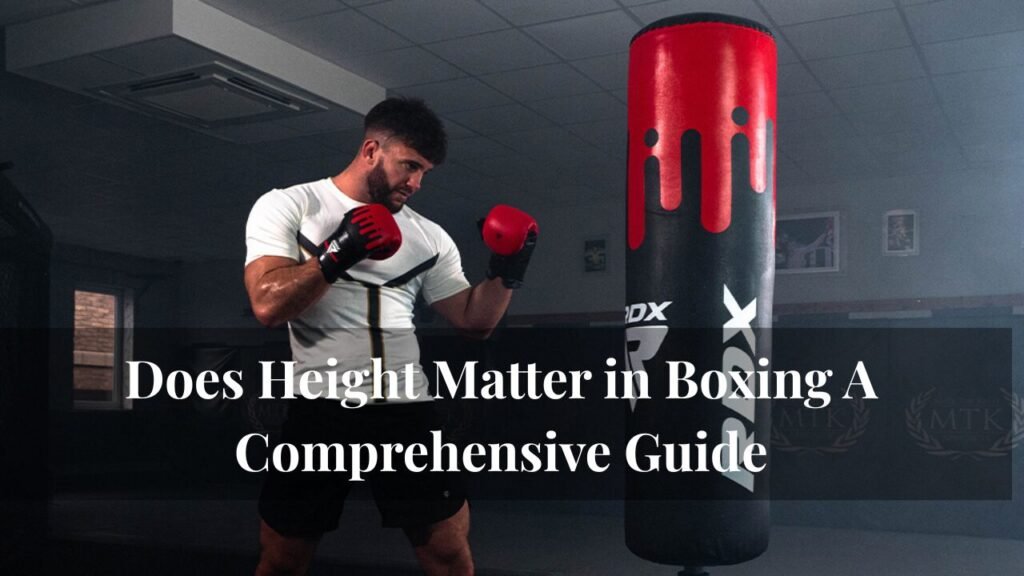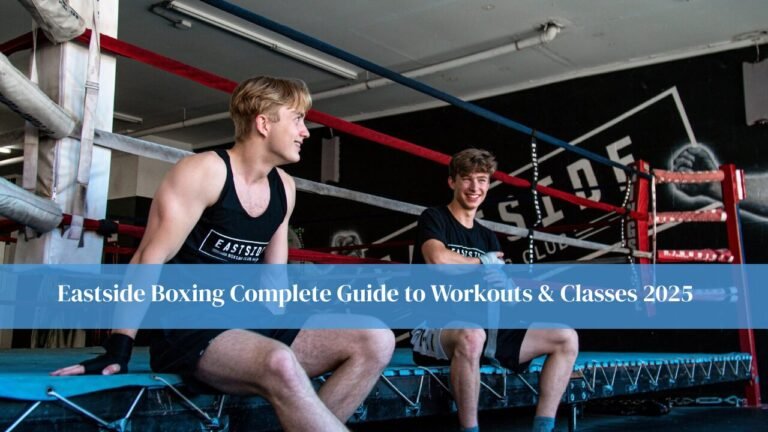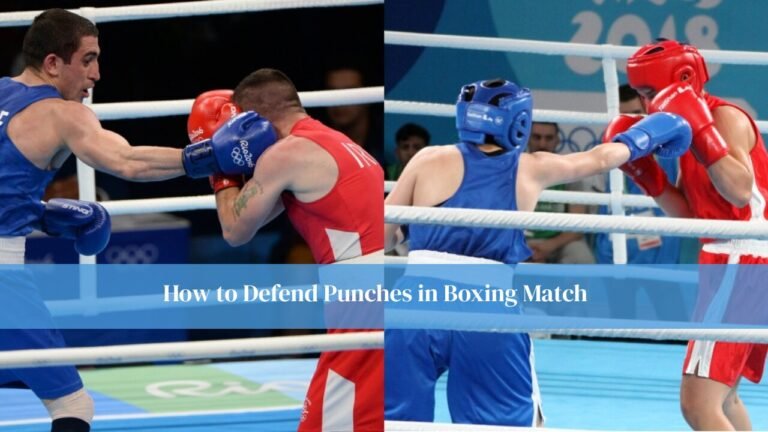In the dynamic world of boxing, where precision, agility, and power constantly battle for dominance, one question seems to spark debate among fans, trainers, and fighters alike: does height matter in boxing? For some, height is nothing more than a genetic trait with limited influence over a fighter’s ultimate success. For others, it is an important strategic factor that can shape the outcome of a fight. The reality is more nuanced. Height can certainly influence style, reach, and tactics in the ring, but it is far from the only factor that determines who emerges victorious.
Understanding how height plays into boxing strategy requires looking at both its potential advantages and its limitations. It also involves studying how fighters of different statures train, adapt, and execute their game plans to suit their physical build. History shows us that both towering champions and shorter, more compact warriors have reached the pinnacle of the sport by maximizing their strengths and minimizing their weaknesses.
Height and Its Role in Boxing Performance
Height in boxing often comes with the benefit of a longer reach. This means a taller boxer can strike from a distance where a shorter opponent might struggle to land punches effectively. By maintaining this safe distance, taller fighters can control the pace of the match, forcing opponents to work harder to close the gap. However, this doesn’t mean shorter fighters are at a disadvantage by default. Boxing rewards skill, intelligence, and adaptability. Fighters who lack height often compensate with explosive speed, superior head movement, or exceptional defensive skills.
In the ring, height is only one piece of the puzzle. A taller fighter who lacks conditioning, footwork, or defensive awareness can still be outmaneuvered and defeated by a shorter opponent with better all-round skills. Similarly, a shorter fighter who cannot adapt their strategy to overcome a reach disadvantage may find themselves constantly on the back foot. Ultimately, success is a combination of technical proficiency, mental toughness, physical preparation, and the ability to adjust mid-fight.
How Height Can Offer Advantages in Boxing
When used effectively, height offers a number of strategic and psychological benefits. A longer reach allows a fighter to land punches without stepping too far into danger. This makes it easier to score points, keep opponents at bay, and set the rhythm of the bout. A tall boxer who is disciplined with their jab can keep an aggressive opponent frustrated and off-balance.
Height also plays into controlling the distance in the ring. Taller fighters can decide where the engagement happens either keeping the fight at range to take advantage of their long punches or forcing opponents to walk into counterstrikes. This control over distance is often combined with tempo management, as taller fighters can dictate when exchanges occur and slow down the pace when necessary.
Psychologically, height can be intimidating. Walking into a ring and facing a taller opponent can affect a fighter’s confidence and strategy before the first bell even rings. The visual presence of longer arms, a higher stance, and a commanding frame can make opponents second-guess their approach.
Defensively, taller boxers can use their reach to prevent shorter fighters from entering their preferred range. Well-timed straight punches can intercept opponents before they close the gap, while lateral movement combined with long jabs keeps the fight under control.
Where Height Can Become a Disadvantage
Height in boxing is not without its drawbacks. A higher center of gravity can make balance slightly more difficult, especially when absorbing body shots or during close exchanges. Taller fighters often struggle in infighting situations, where the distance is too close for long punches to be effective.
Inside fighting is a skill that generally favors shorter boxers, as they can generate power in short spaces and deliver hooks or uppercuts with greater efficiency. For a taller fighter, fighting on the inside often means adjusting posture and punch angles, which can feel unnatural.
Another challenge is vulnerability to targeted body attacks. A well-placed shot to the ribs or solar plexus can disrupt a taller fighter’s rhythm and sap their stamina. Since body shots are generally harder to defend against with long limbs, shorter fighters often target this area deliberately to wear down taller opponents.
Examples from Boxing History
History is filled with examples of tall fighters who have used their size to dominate. Muhammad Ali combined his reach with unmatched speed and footwork to become one of the greatest heavyweights of all time. Wladimir Klitschko mastered the art of controlling distance with a stiff jab and powerful straight right, keeping opponents where he wanted them. Deontay Wilder has used his 6’7” frame and incredible knockout power to overwhelm opponents from afar.
At the same time, shorter boxers have consistently proven that height is not a requirement for greatness. Mike Tyson, standing at just 5’10”, became one of the most feared heavyweights in history by closing distance quickly and unleashing devastating hooks and uppercuts. Floyd Mayweather Jr. relied on defensive brilliance and counterpunching to outsmart taller opponents. Roberto Duran, despite not having significant height, used relentless pressure and inside fighting to break down his rivals.
Training Approaches for Different Heights
Boxing training is never one-size-fits-all, and a fighter’s height often shapes their style and priorities in the gym. Taller fighters usually focus heavily on perfecting their jab, lateral movement, and distance control. They work to avoid getting trapped on the ropes and practice clinching techniques to prevent shorter fighters from exploiting inside exchanges.
Shorter fighters typically train to close distance quickly and maintain constant pressure. They work on head movement, slipping punches, and delivering powerful combinations from close range. Since they must often fight from inside their opponent’s reach, conditioning and stamina become critical elements of their preparation.
Height and Weight Classes in Professional Boxing
Professional boxing does not impose height restrictions. Instead, fighters are separated into weight divisions by organizations like the WBC, WBA, IBF, and WBO. These weight classes are designed to create fairer competition by limiting the size differences between fighters. However, height can still vary widely within the same division. For example, some welterweights stand over six feet tall, while others are several inches shorter but still equally competitive.
The lack of direct height regulation allows for fascinating stylistic matchups. A tall, rangy fighter might face a shorter, more compact opponent in the same weight class, leading to unique challenges for both sides.
The Balanced Truth About Height in Boxing
Height undeniably influences strategy, style, and certain advantages in boxing. However, it is not a magic ticket to victory. The sport has countless examples of both tall and short fighters achieving remarkable success by adapting their tactics, mastering their skills, and committing to relentless training.
In the end, boxing rewards those who can combine physical attributes with mental sharpness, tactical awareness, and unwavering discipline. Whether a fighter towers over their opponent or gives up several inches in height, what matters most is how they use what they have.
Conclusion
Height can shape the way a boxer fights, but it does not define their destiny in the ring. Some of the greatest champions in history have been tall, using their reach and presence to dominate opponents. Others have been shorter, using speed, power, and relentless pressure to overcome the odds. The key is understanding one’s strengths, training to maximize them, and developing strategies to counteract weaknesses. In a sport as complex and demanding as boxing, it is this blend of self-awareness, preparation, and adaptability that produces champions.
For more in-depth boxing insights, visit Boxing Essential, where the science and art of the sport are explored in detail for fans, fighters, and trainers alike.
FAQs
Is height more important than skill in boxing?
Height can provide certain advantages, but skill and technique ultimately play a more significant role in determining success in boxing.
Can shorter boxers defeat taller opponents?
Yes, shorter boxers can overcome height differentials through speed, agility, and strategic positioning.
Do taller boxers always have longer reaches?
Not necessarily. Reach can vary based on factors such as arm length and wingspan, independent of height.




